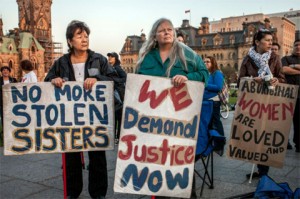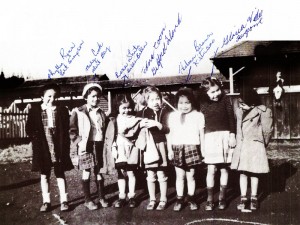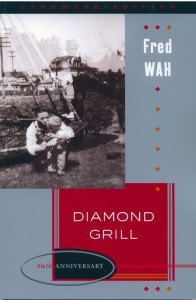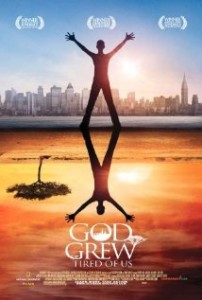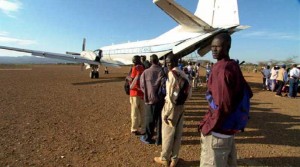First off I would like to congratulate all of the presenters and organizers of the 2014 CAP Student Conference on a job well done. I was extremely impressed by the calliper of the presenters, and their courageousness to present their work in front of their peers and the CAP faculty. I found the conference very interesting, as it offered an opportunity for a cross disciplinary as well as cross CAP stream dialogue. While I found my Global Citizens peer’s presentations very intriguing, I really enjoyed getting a glimpse into the tripe sod work the other streams were doing, and was surprised to discover our work was not all that different. I noted while watching the presentations that many of the main concepts that we discuss in our classes with Global Citizens came up in student’s work from other streams. Some of the main abstractions I found repeated frequently included ideas such as “space and place”, identity, representation (particularly in the media), and power.
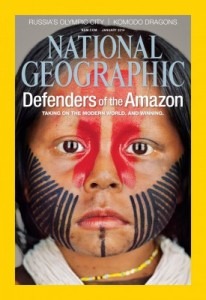 In our ASTU 100 class, we have been examined the idea of representation in many ways, such as how individuals and groups of people are represented in the media. This topic was discussed by Helen Wagner a student in the Law and Society stream. Her presentation titled “National Geographic and the Photographic Gaze: The Commodification of Indigenous peoples in Consumer Culture” looked at how National Geographic represents indigenous peoples in the magazine through photographs, expressing that they are represented as “others” and “exoticized”. She started off by showing the January 2014 cover of the magazine (pictured left), and expressed her initial concern when she saw the cover photo as there was no depiction of the child or name. Wagner emphasized that many issues that lie in the exoticization of indigenous peoples, and that such problems are a result of producing the magazine for a western consumer audience.
In our ASTU 100 class, we have been examined the idea of representation in many ways, such as how individuals and groups of people are represented in the media. This topic was discussed by Helen Wagner a student in the Law and Society stream. Her presentation titled “National Geographic and the Photographic Gaze: The Commodification of Indigenous peoples in Consumer Culture” looked at how National Geographic represents indigenous peoples in the magazine through photographs, expressing that they are represented as “others” and “exoticized”. She started off by showing the January 2014 cover of the magazine (pictured left), and expressed her initial concern when she saw the cover photo as there was no depiction of the child or name. Wagner emphasized that many issues that lie in the exoticization of indigenous peoples, and that such problems are a result of producing the magazine for a western consumer audience.
I noted further connections between Global Citizens topics and students in other CAP streams work in the second “Canadian Voices and Social Space” panel that discussed the occupy movement. Not only did we talked about the politics and ideology behind the occupy movement in both Political Science and Sociology, but the panel also emphasized the idea of space, which was similar to our discussion of space and place in Geography as well as the power of social media, like we discussed in ASTU. This panel looked at the occupy movement in three different ways, highlighting the power and significance of public space, the power of shared ideas as well as the use of media to build a community.

